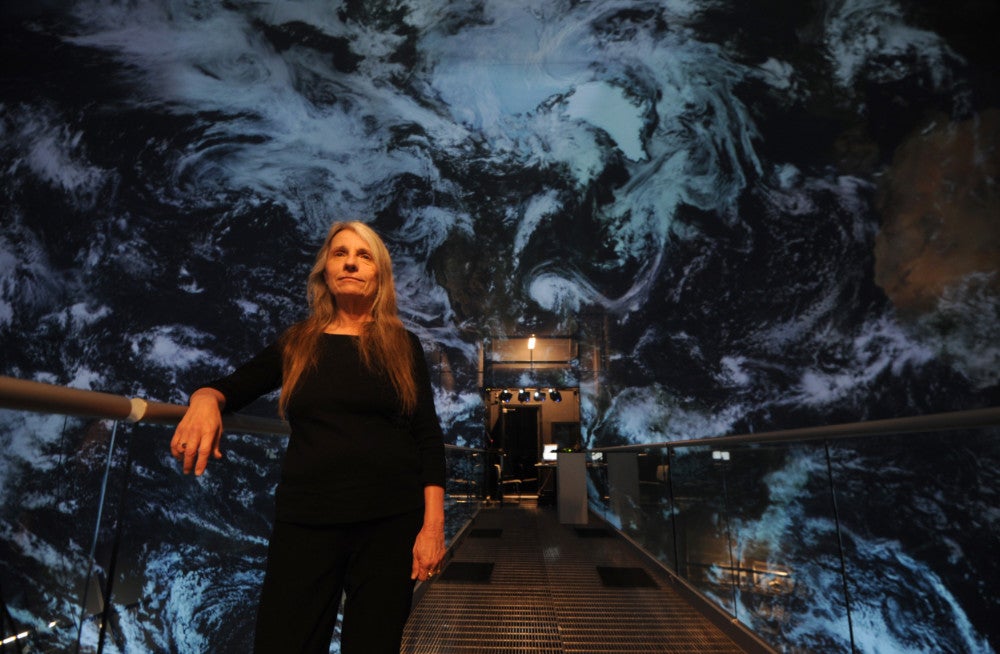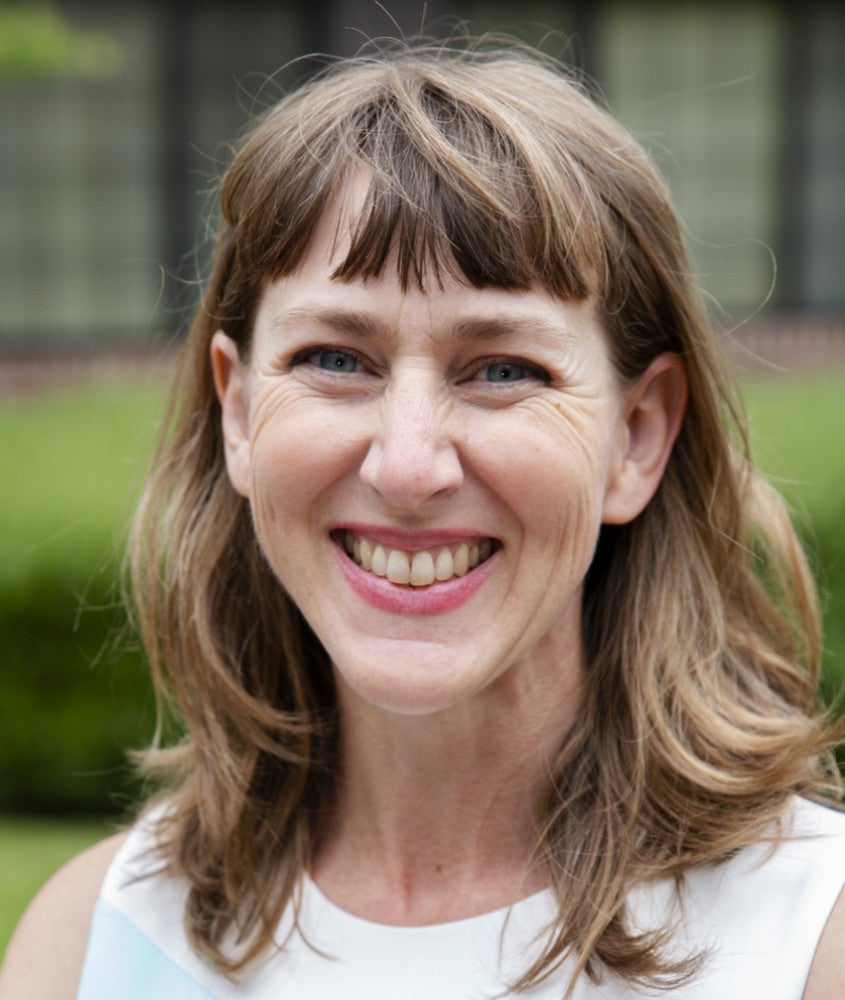
Toward a New Century


Throughout her career, JoAnn Kuchera-Morin has always seemed to have one foot in the future. Trained as a composer, the professor in UC Santa Barbara’s Media Arts and Technology (MAT) program and in the Department of Music has been pushing the boundaries of art and science for nearly four decades.
So it is entirely fitting that she has been selected to join the California 100 initiative, an ambitious project to envision and shape the long-term success of the state. The California 100 research award, along with technical assistance from the Institute for The Future, will enable UCSB to evaluate current facts, origins and the role future trends in arts, culture and entertainment will play in California’s next century.
Kuchera-Morin, the principal investigator, will be joined in the initiative by Gustavo Rincon, a MAT researcher, and Jean Johnstone of UC Berkeley, who will concentrate on public policy issues.
“The California 100 initiative,” Kuchera-Morin said, “will facilitate predicting into the future the importance of arts, culture and entertainment, not only in areas that have traditionally brought billions to California’s economy from both nonprofit and for-profit investments, but also in new and unique ways dealing with the arts in the form of emergent media that connects directly to basic scientific research.”
As she notes, California’s arts, culture and entertainment fields — from innovative to traditional, from culturally specific nonprofits to mega-multimedia companies — are an intrinsic part of the Golden State, influencing millions of people all over the world.
“We will examine the current policies, laws, funding mechanisms and organizational structures of both for-profit and nonprofit entities, and their important roles in both the economic and civic fabric of the state,” Kuchera-Morin said. “With this understanding of the depth and breadth of these fields, we’ll offer a comparative analysis and look ahead at how best to serve this sector and understand its profound impact moving forward.”
The research will be complete by December 2021, and will lead to a set of policy alternatives for the future of California. The policy alternatives will be developed in conjunction with research teams from 12 other issue areas, and will be coordinated by Henry Brady, director of research of the California 100 initiative and former dean of the Goldman School of Public Policy at UC Berkeley
Few people have been as influential in the melding of arts, science, engineering, mathematics and technology as Kuchera-Morin over the decades. She is the director and chief designer of the AlloSphere, a three-story wonder of data visualization and interactivity. Completed in 2007 and housed in UCSB’s California NanoSystems Institute, it allows researchers and others to see and hear their data in a three-dimensional, 360-degree immersive experience.
“I’ll tell you why I built that big thing,” she said. “Because you cannot do virtual experimentation in a helmet. I can’t get five Nobel laureates to put helmets on their head and communicate to one another about their physics simulations, but I can bring them into the AlloSphere.”
Since the 1980s she has been working with computers to integrate the digital realm with the sonic. Her recent works tap quantum mechanics to bring the subatomic world into the material through an immersive virtual reality experience.
It’s science, yes, but it’s also art, Kuchera-Morin said. It will be her task in the California 100 initiative to demonstrate that the arts are a vital part of the state’s future — financially as well as culturally — and deserve to be treated as such.
“The artist has never been considered for basic scientific research that’s not for profit,” she said. “And if I can now map where I think we are in the state of California, where we came from originally and where we’re going, I think I can prove to the state’s powers that be that there have to be some changes in the policies, in how the artist and the arts are looked in so far as state funding is concerned.”



